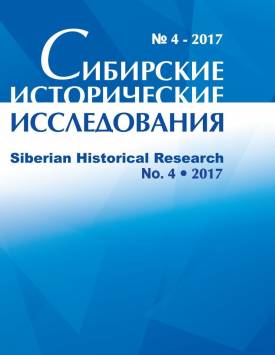The invisible front: supporting scientific research in the field
The article focuses on interpreting empirical research on actors of different types operating at one of the scientific bases in the region of Tomsk. This case study was carried out using the methods of participant observation and semi-structured interviews with representatives of a heterogeneous community which consisted of an interdisciplinary team of scientists, locals, and people responsible for supporting the field phase of the work who are in fact located on the borderline between the community of scientists and observers that are 'not interested in what is happening inside the walls of a laboratory' (Latour 2002: 3). The author has identified seven types of actors in the studied network among which the 'on the borderline' actors or actors-intermediaries play the most significant and the most unpredictable role. However, actors' behaviour is described not only through a set of their functions and properties: the most complete picture emerges as a result of matching different practices applied in a particular field of activity with certain strategies. The three strategies revealed in the article and possible combinations of these constitute a kind of analytical matrix for further in-depth explanation and study of relationships within a complex heterogeneous community.
Keywords
антропология науки, полевое исследование, система жизнеобеспечения, не-человеческие акторы, режимы вовлеченности, стратегии акторов сети, жизненный мир, anthropology of science, field research, support, non-human actors, modes of involvement, strategies of network actors, lifeworldAuthors
| Name | Organization | |
| Rakhmanova Lidiya Ya. | State Hermitage Museum; Federal Center of Theoretical and Applied Sociology, Russian Academy of Sciences | muza-spb@yandex.ru; rakhmanova@hermitage.ru |
References

The invisible front: supporting scientific research in the field | Sibirskie Istoricheskie Issledovaniia – Siberian Historical Research. 2017. № 4. DOI: 10.17223/2312461X/18/8
